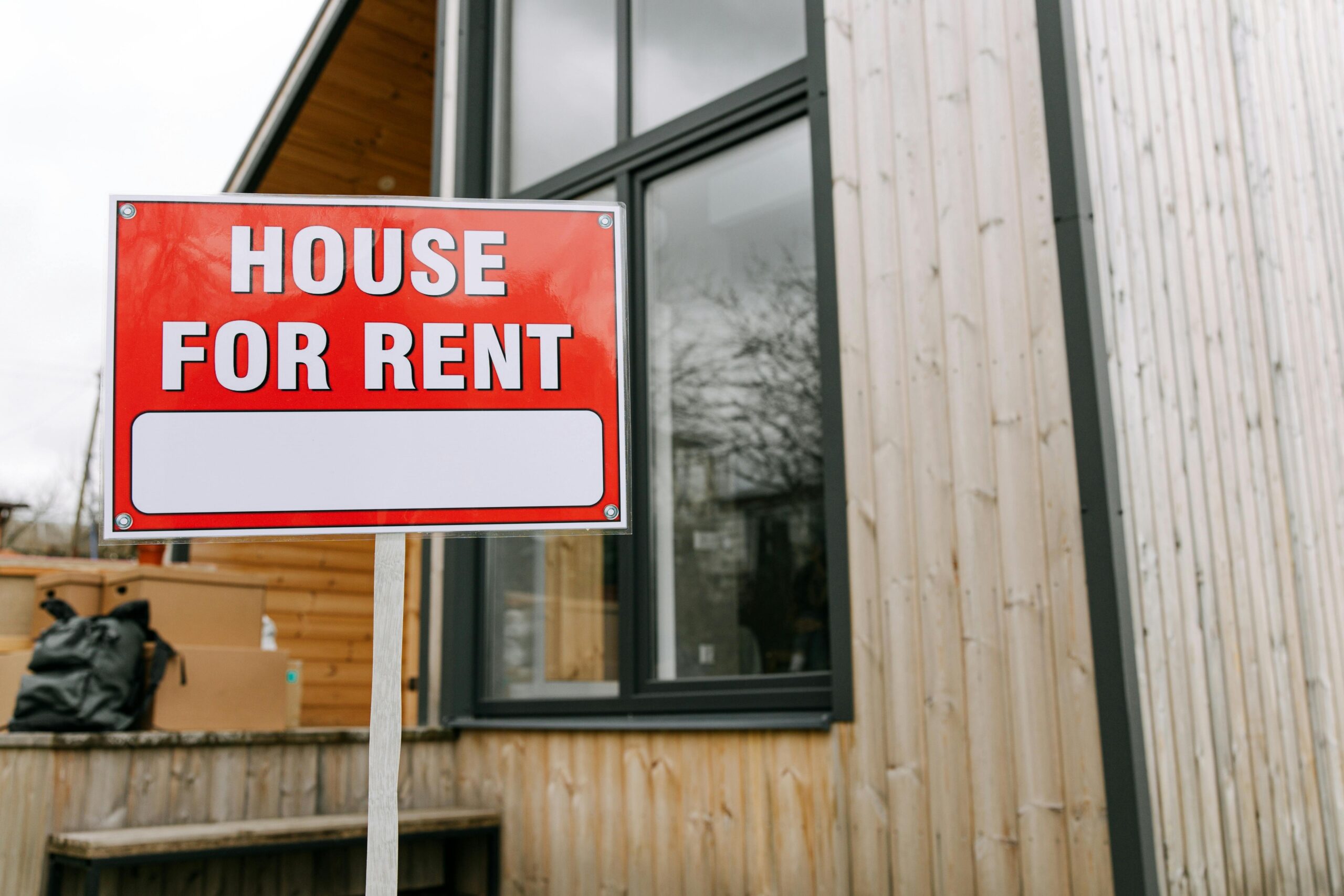Buy-to-Let remains a cornerstone for UK property investors seeking steady income. Recent data shows the average gross UK buy-to-let yield is ~6.9%[17], meaning rents of roughly 7% of property value before costs. Regional differences are notable – e.g. some North-East locations offer yields above 8%, while London is nearer 5–6%. Even so, many landlords benefit from historically low mortgage rates (average ~4.99% for BTL loans[17]) and rising rents.
In 2025, letting agents report softening rental growth (new-let rents ~2.4% up y/y[16]), but overall rent levels have climbed ~36% since 2020[18]. With yields holding around 6% UK-wide[18], a well-chosen property can generate reliable returns. However, expenses (repairs, void periods, agent fees, taxes) must be factored in to ensure positive cash flow.
- Location & Demand: Pick areas with strong tenant demand. University towns, commuter belt locations and regeneration zones often guarantee quicker lets. Check local data: for example, Zoopla reports Leeds and Bristol have seen rents soften recently[18], whereas Northern cities still show solid demand. Use tools (e.g. ONS stats, property websites) to compare average rents vs prices and identify markets with rising rents and good yields.
- Financing: Aim for around 75% loan-to-value. Ensure your rent covers the mortgage (as UK Finance notes, average interest coverage is ~202%[17]). Fixed-rate mortgages protect against future rate rises. Remember second-home/BTL stamp duty (3% surcharge) and account for higher deposit requirements.
- Tax and Regulations: Understand UK landlord tax rules. You can deduct many expenses (repairs, letting fees) but mortgage interest relief is now limited (basic rate only). Plan for an annual tax bill if you profit. Prepare for new EPC (energy) or smoke alarm regulations which may require upgrades. Keep accurate records.
- Property Management: Decide if you’ll self-manage or use an agent (agents charge ~10% of rent). High-yield HMOs (~7–8%+) justify paying a manager. For simplicity, some landlords furnish a single-family home and rent it out; others convert to multi-lets for higher cash-flow (but note licensing if you house five+ tenants[19]). Screen tenants carefully to minimize defaults.
With yields still attractive and mortgage availability improving (new BTL loans surged 60% in 2025[20]), many investors are returning to buy-to-let. The key is net yield: after all costs, aim for a minimum 4–5% yield. In the current UK market, a conservative, data-driven approach – choosing affordable areas with growing rental demand – will help landlords earn consistent income and ride out market cycles[17][18].

